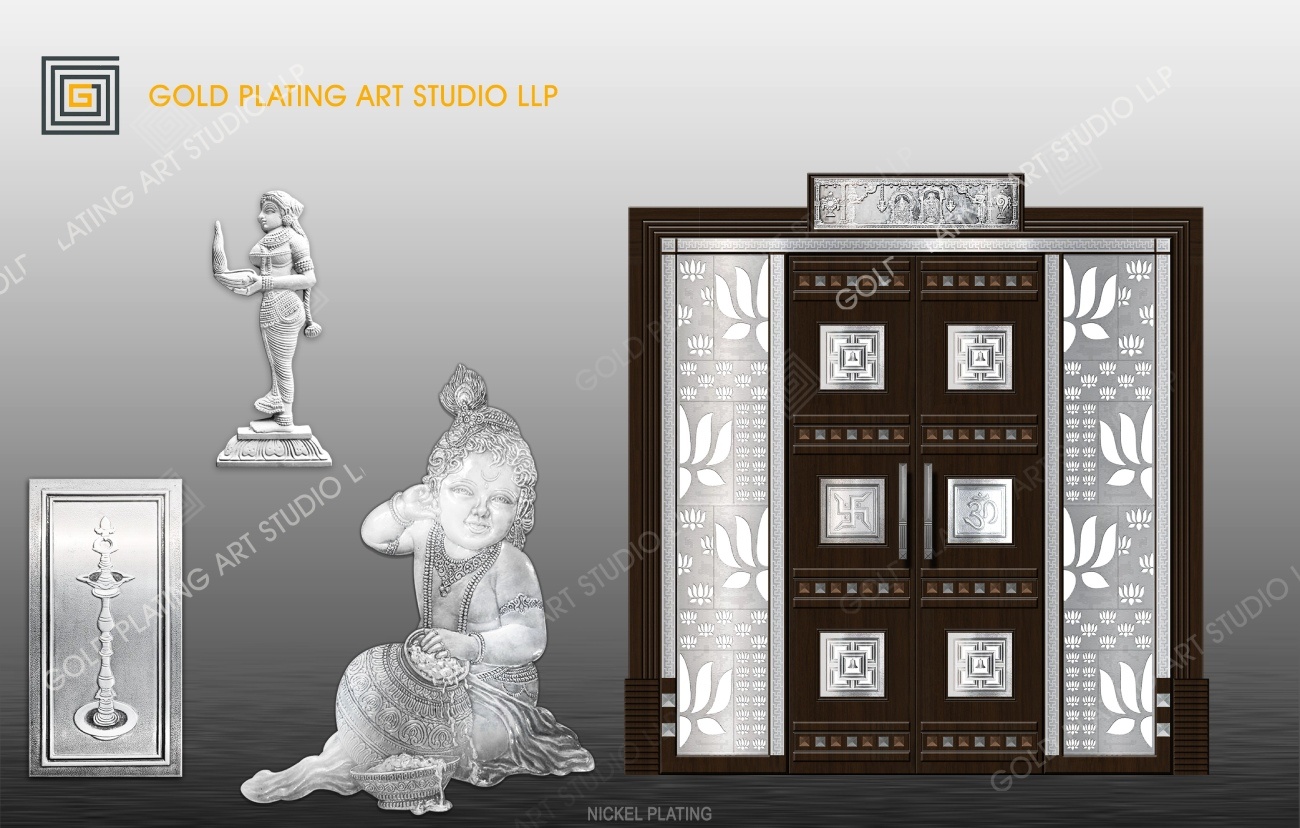A Guide to Silver Electroplating
Silver plating has been used since the invention of coins and metal smithing, and has the most applications compared to any other types of plated metal. A silver finish is used in almost all industries and cannot be substituted by any other metal due to its properties. It is also the least expensive metal in comparison to gold and palladium, and has the following beneficial qualities:
- Highest electrical and thermal conductivity than any other metal
- Lift reflectance
- Low weight
- Low melting point
- Wear resistance
- High degree of lubricity
They are various types of silver plating, including bright silver, matte silver and semi bright silver.
What can a silver finish be applied to?
A silver coating is usually applied to brass, copper, white metal or nickel. It is also used to restore tarnished item such as cups, bowls, plates, cutlery and dishes, as it can considerably extend a product’s lifecycle.
What is the silver plating process?
The silver plating process involves a silver electroplating solution and electricity. Once the object to be plated has undergone a rigorous cleaning process to rid it of any dirt and grime, it is dipped into the solution and connected to the negative terminal of the power supply. The silver plating is then connected to the positive terminal, so that the silver deposits onto to the item. It is then submitted to the cleaning process again and dried.
What is silver electroplating used for?
A silver finish is mostly used to improve solderability as it hardens the surface and to prevent corrosion. Often used in electronics, telecom and computer industries alongside:
- Bearings
- Shims and gaskets
- Electrical connectors
- Jewellery
- Automotive applications
DinnerwareSilver plating has been used since the invention of coins and metal smithing, and has the most applications compared to any other types of plated metal. A silver finish is used in almost all industries and cannot be substituted by any other metal due to its properties. It is also the least expensive metal in comparison to gold and palladium, and has the following beneficial qualities:
- Highest electrical and thermal conductivity than any other metal
- Lift reflectance
- Low weight
- Low melting point
- Wear resistance
- High degree of lubricity
They are various types of silver plating, including bright silver, matte silver and semi bright silver.
What can a silver finish be applied to?
A silver coating is usually applied to brass, copper, white metal or nickel. It is also used to restore tarnished item such as cups, bowls, plates, cutlery and dishes, as it can considerably extend a product’s lifecycle.
What is the silver plating process?
The silver plating process involves a silver electroplating solution and electricity. Once the object to be plated has undergone a rigorous cleaning process to rid it of any dirt and grime, it is dipped into the solution and connected to the negative terminal of the power supply. The silver plating is then connected to the positive terminal, so that the silver deposits onto to the item. It is then submitted to the cleaning process again and dried.
What is silver electroplating used for?
A silver finish is mostly used to improve solderability as it hardens the surface and to prevent corrosion. Often used in electronics, telecom and computer industries alongside:
- Bearings
- Shims and gaskets
- Electrical connectors
- Jewellery
- Automotive applications
- Dinnerware

